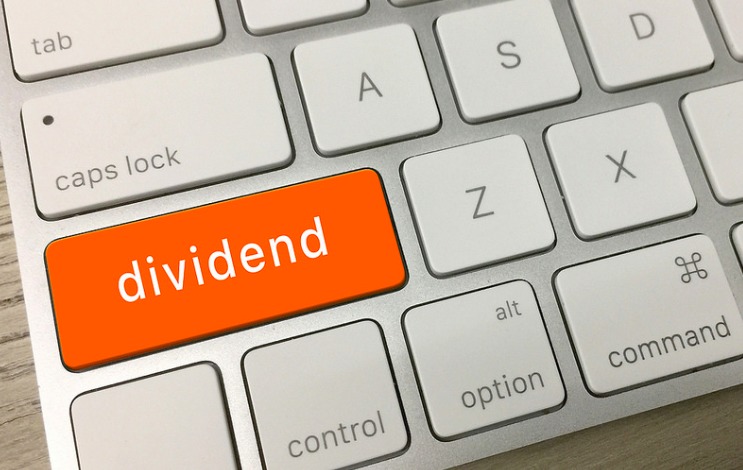 Author: Mark Holder, Stone Fox Capital
Author: Mark Holder, Stone Fox Capital
Covestor model: Net Payout Yields
Disclosure: Long LOW, TWX, COP, AMP, DTV
This model was up 6% in June versus a 4.3% gain for the benchmark S&P 500. As expected, the model jumped back after a weak May as investors jumped back into high yielding stocks.
Trades
No trades were made this month, but several stocks remain on the radar to sell as dividend stocks continue to outperform the market. Some of these stocks are reaching valuation levels where capital gains are likely to be limited for possibly the next few years.
Bottom Performers
With a strong market in June, it is always worthwhile to review the losing stocks to confirm the long term story remains intact. The model ended the month with 26 stocks, which is slightly higher than normal, and only two stocks had a negative price change.
WellPoint (WLP) was particularly weak following the Supreme Court’s upholding of Obamacare. The stock had a nice gain for June until the ruling came out and caused the stock to plummet from near $70 to close the month around $64. The company has a significant buyback program that stands to benefit from the lower prices.
On the other hand, Kohls (KSS) was only fractionally down for the month. Not horrible, but considering the underperformance of the market, the relative results were disappointing. The retail operator continues to struggle with weak sales. Fortunately the company remains in a strong financial position and has bought back over 20% of the outstanding float in the last year. This should provide significant support to the stock. Once operations turn around, investors should see significant benefits from the continued reduction in shares.
Top Performers
Naturally numerous stocks in the model had great months with Ameriprise Financial (AMP), DirecTV Group (DTV), Lorillard (LO), Raytheon (RTN), and Time Warner (TWX) all reaching gains of roughly 10%.
Most of these stocks have significant buybacks and the interesting part is that many of them hit 52 week highs or at least approached such levels. The S&P 500, though, remained considerably below highs hit back at the end of March. Unfortunately the media still ignores the buyback stories, such as the above, that work.
Conclusion
As expected, the European issues continue to cause disruptions in the markets, but the impact this summer hasn’t been nearly as great as in 2010 and 2011. As each day passes the market gets more and more comfortable with the ability to avoid a major collapse.
The main risk for domestic markets and stocks remains the fiscal cliff and pending election. Any inability to keep the markets calm regarding fiscal and tax issues in the US could lead to healthy losses. The most at-risk stocks could be those of high dividend payers that have had an exceptional 18 months. These stocks might face the headwinds of higher tax rates that pushed them down at the end of 2010.
Regardless of the markets, the net payout yields in this model are high, with the majority of yields coming from buybacks. This should provide support if the market turns weak again.



